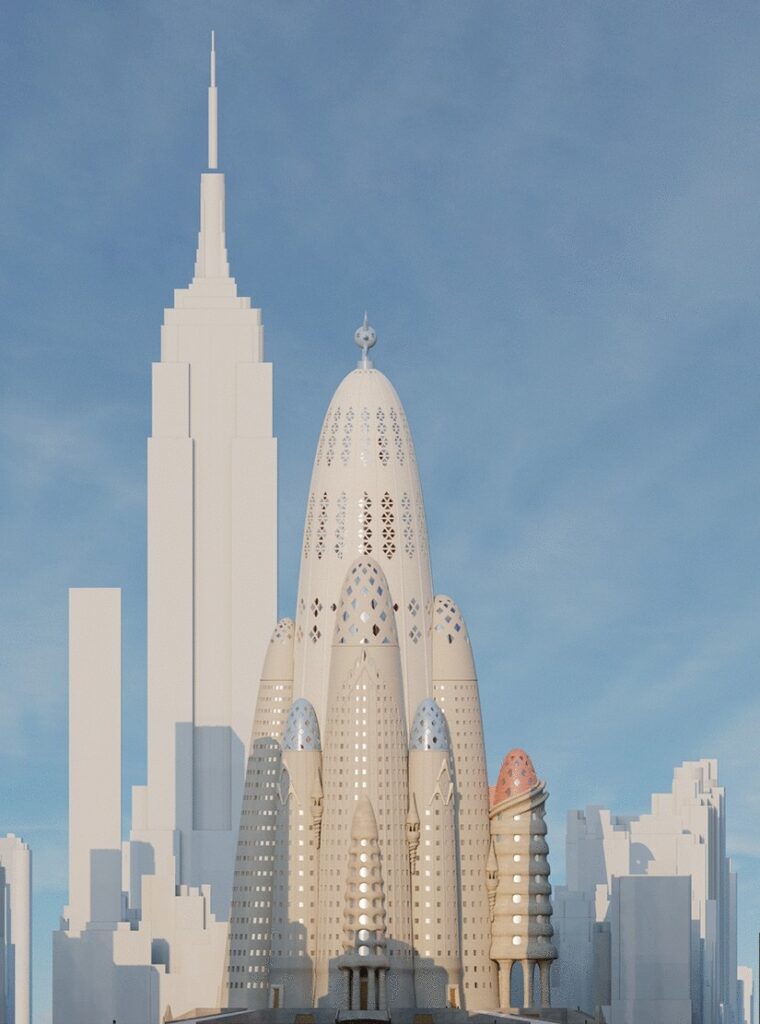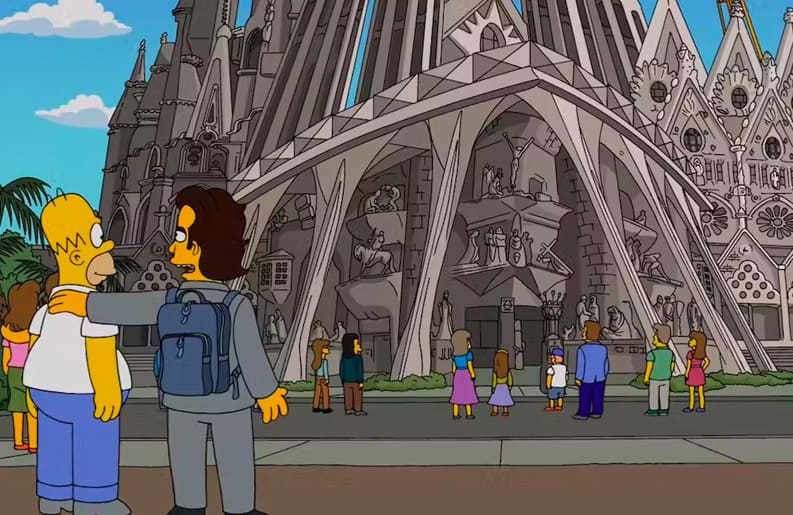Bridging two worlds through architecture
One might be surprised to learn that Gaudí's influence reached the shores of the United States, where his innovative designs and forward-thinking concepts found resonance among American architects and artists.
- Gaudí's life |
- Philosopy
Gaudí and American innovators
After more than half century of research, we present a new discovery, an unknown Gaudí: A genius who, working in the heart of the innovative essence, inside the margins of the science of art, broke the boundaries of architecture to make an organic art to serve people. He is the only one with 8 works declared World Heritage Site by UNESCO.
Gaudí becomes artist and manager, co-architect and the chief executive of an interdisciplinary team. He was a precursor of coworking, modern design, ecology, 3D and many other areas. Gaudí is R&D, is Innovation, is Culture, is Business. A range of possibilities in the new economic world.
For the innovative working method which was rated by Gaudí it was very important to look Gaudí to America. Especially to another great genius, Thomas Alva Edison. Gaudí incorporated the use of photography in his method of architectural work, used electricity in his works, built a precursor “sound” movie and even took fro his workshops as a model the Edison’s Black Maria.

America looks at Gaudí

And America looks at Gaudí. Güell, businessman and patron of Gaudí, hosted at home –a palace by Gaudí- the President of United States of America, Mr. S. Grover Cleveland; it was in Barcelona on the 1888 Universal Exhibition. In 1892 we find Gaudí praised in the famous magazine The American Architect and Building News de Boston. Gaudí drew a project for the Spanish Pavilion at the Universal Exhibition in Philadelphia in 1876 (Centennial International Exhibition). This project was carried out, but it was present at the Philadelphia the Mataronense Workers Cooperative for which Gaudí had designed a logo with bees flying the factories. North American architects kept a close relationship with Gaudí. America make him a commission in 1908: a skyscraper in New York.
Gaudí inspired Simpsons and Disney. Phil Roman, producer of shows like The Simpsons or Garfield, was inspired by Antoni Gaudí to create a new cartoon series; titled “Howdi Gaudí”, was sold in 70 countries. The animation film from Disney “Wreck-it Ralph” is based on the architectonic world of Gaudí, because “we wanted to create a new world” according to artistic director Lorelay Bové. Gaudí is present in the most famous series (the Simpsons, Fringe) and movies. Thus we have seen Homer Simpson, Jack Nicholson or Scarlett Johansson walking the masterpieces of Gaudi.
Frank Lloyd Wright
Both architects championed organic architecture, emphasizing harmony between human habitation and the natural world. Wright’s designs, like Gaudí’s, sought to create a seamless integration of structures with their environments.
Félix
Candela
Known for his hyperbolic paraboloid structures, Candela was influenced by Gaudí’s use of similar geometric forms. Gaudí’s earlier work, such as the dome of Palau Güell, incorporated hyperboloid structures, which later inspired Candela’s designs.
Philip Johnson
An admirer of Gaudí’s curved shapes and rejection of right angles, Johnson aspired to bring similar organic forms to American architecture, reflecting his deep respect for Gaudí’s radical approach.
Benoît Mandelbrot
The mathematician renowned for fractal geometry recognized Gaudí’s naturalistic designs as early examples of fractal architecture, highlighting the synergy between Gaudí’s work and modern scientific principles.



